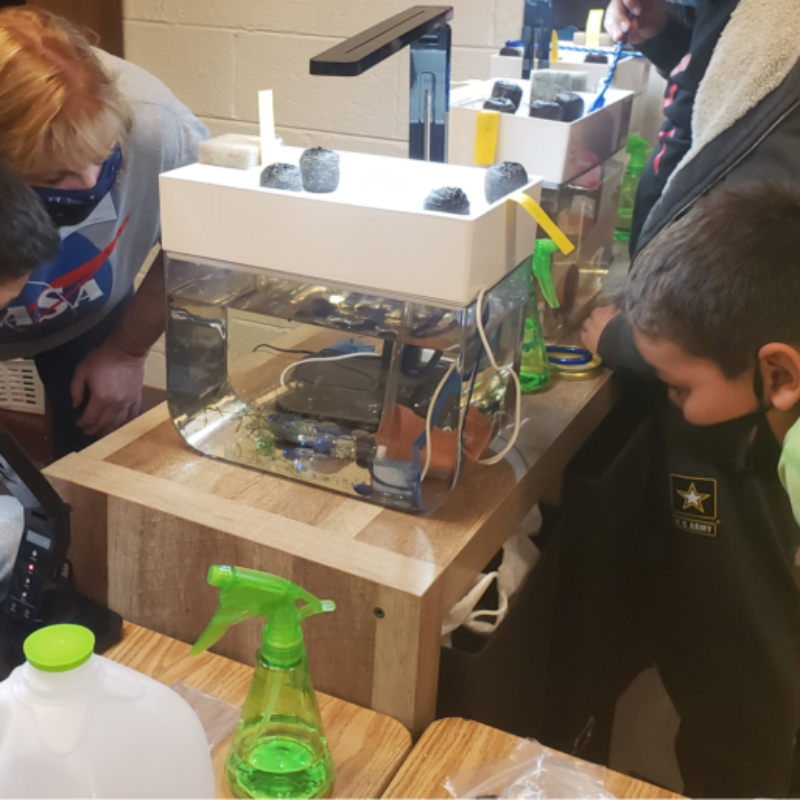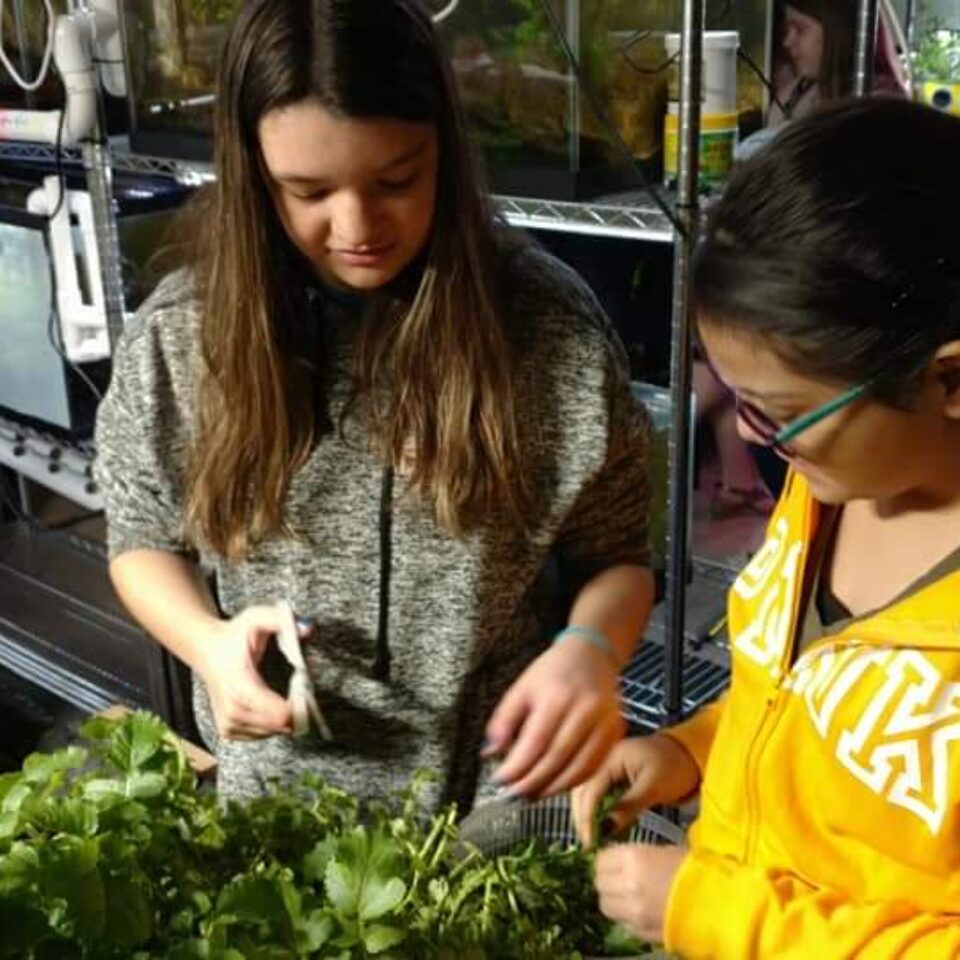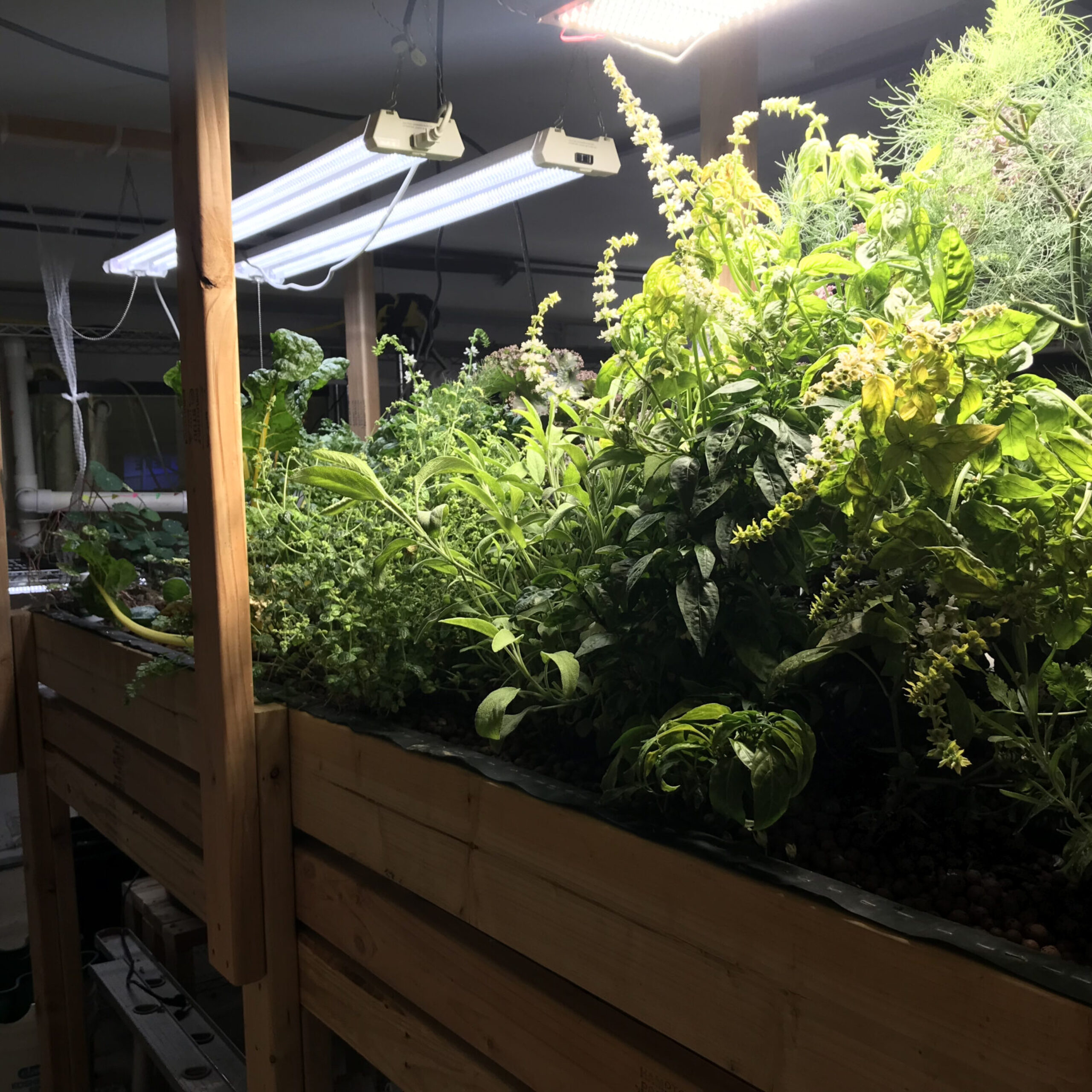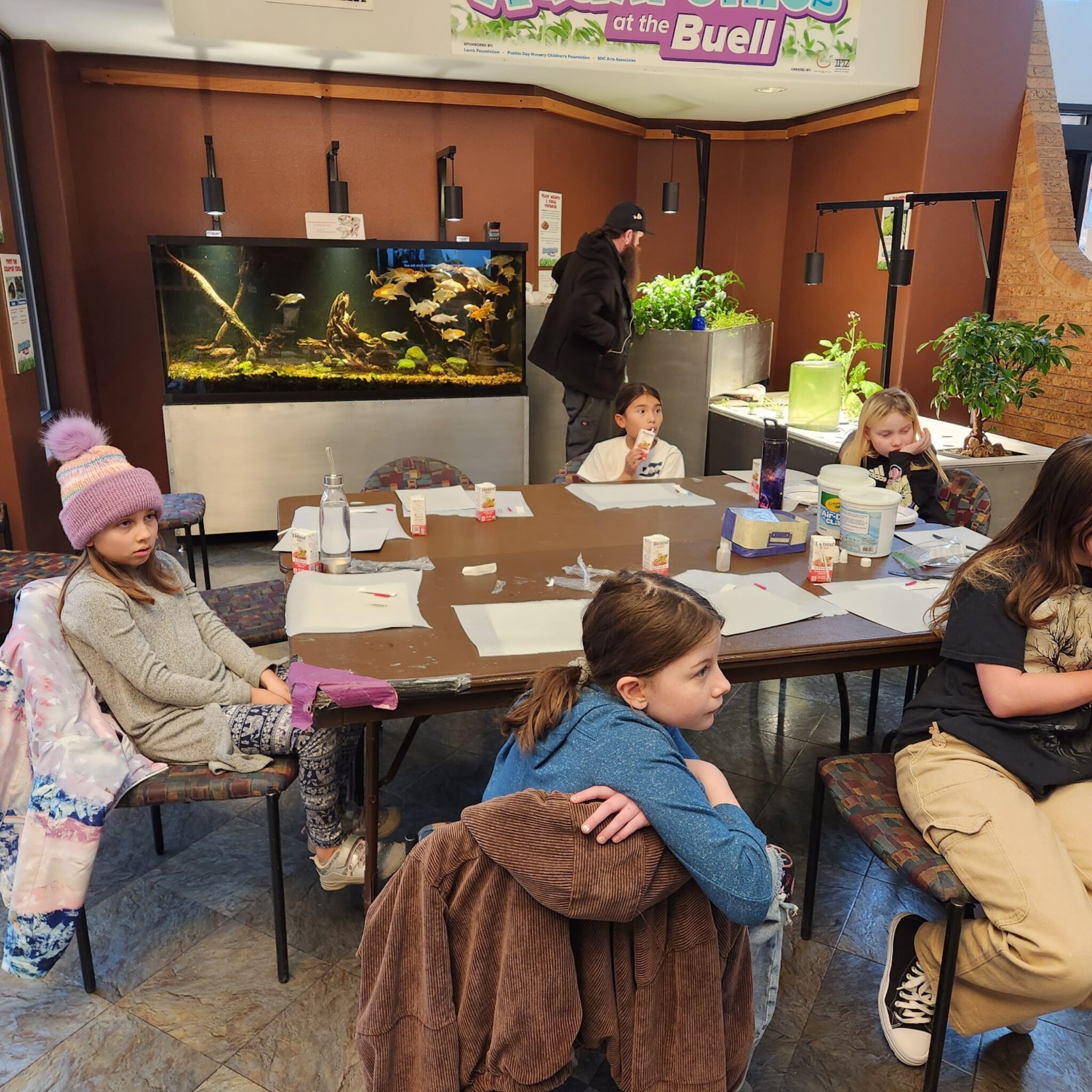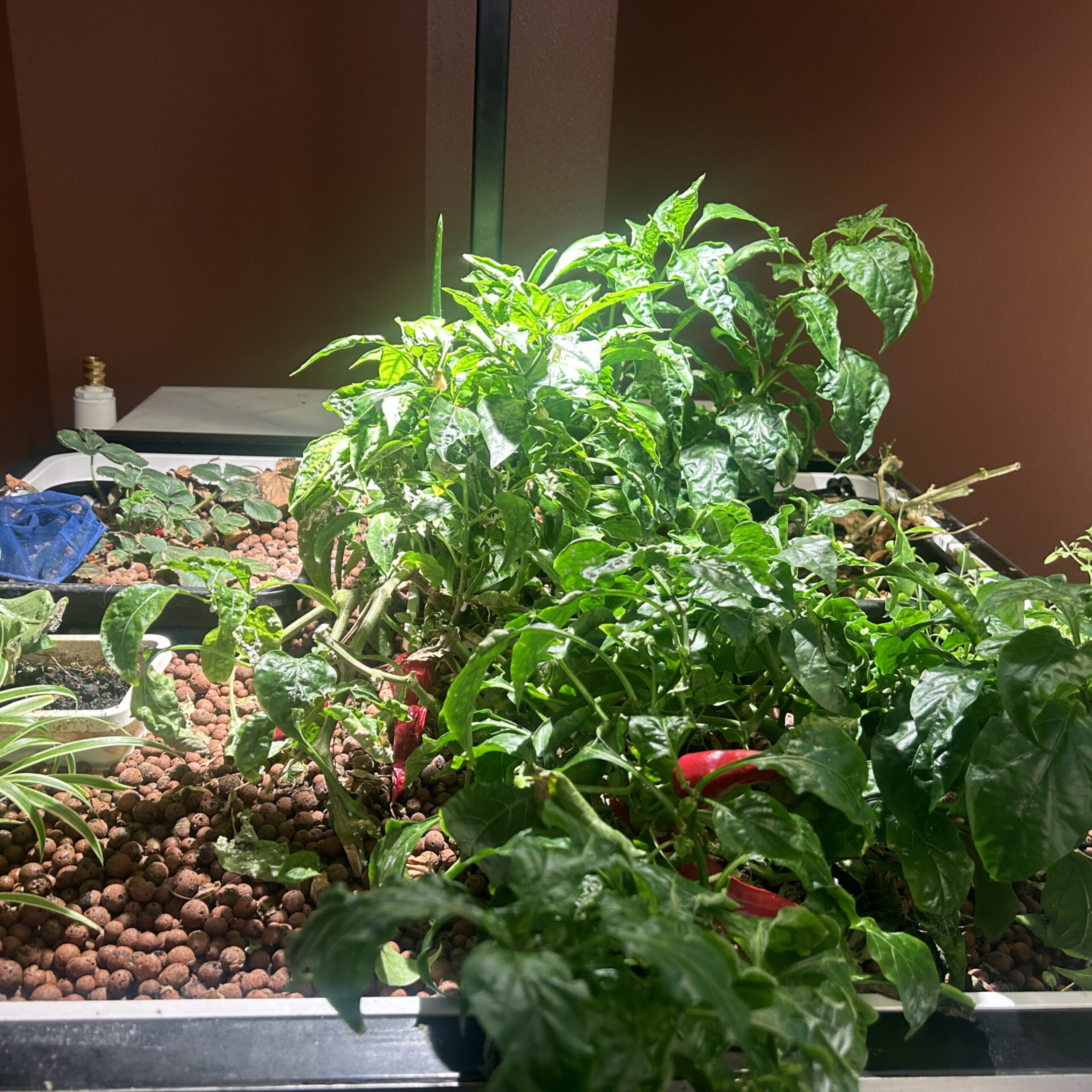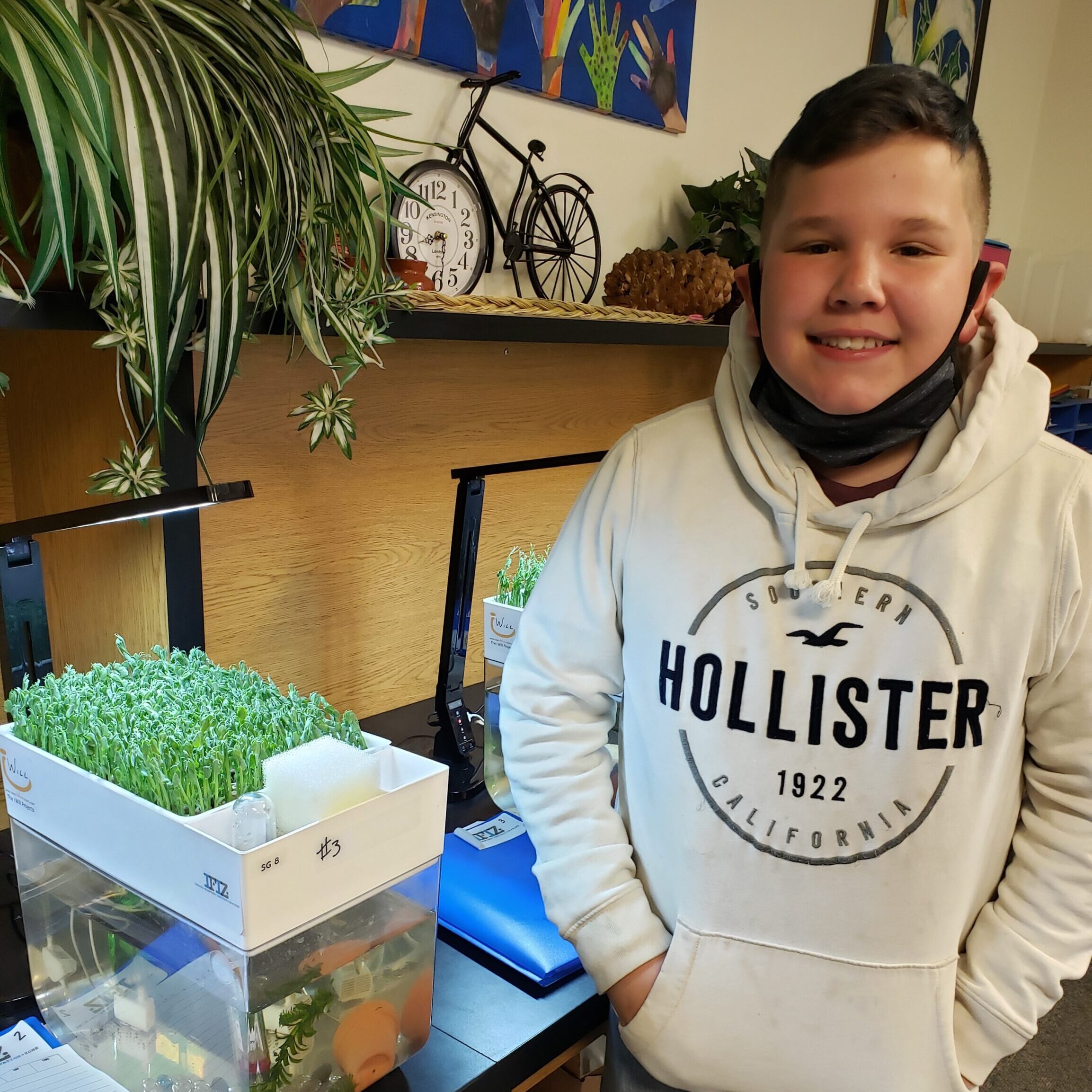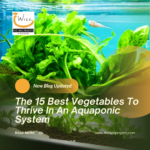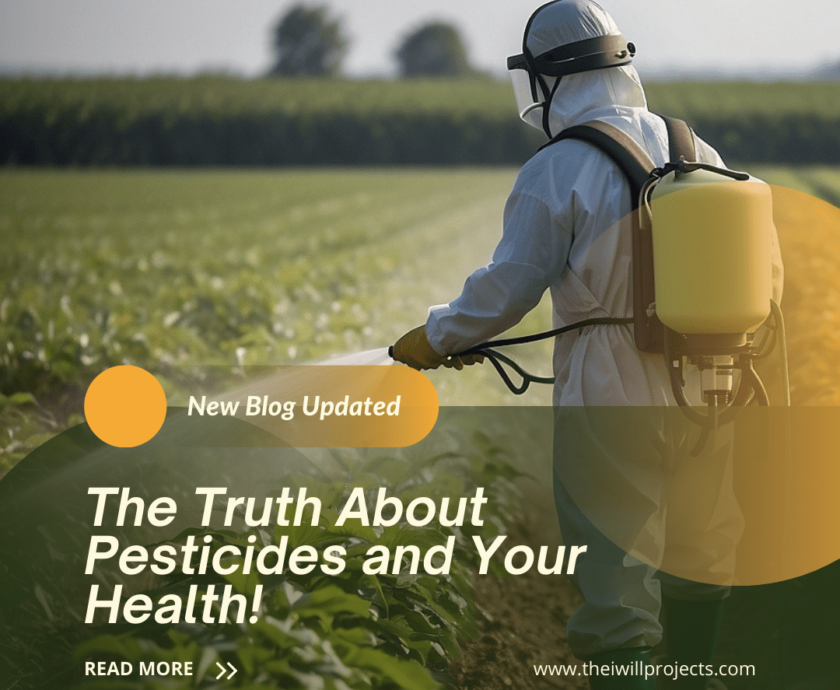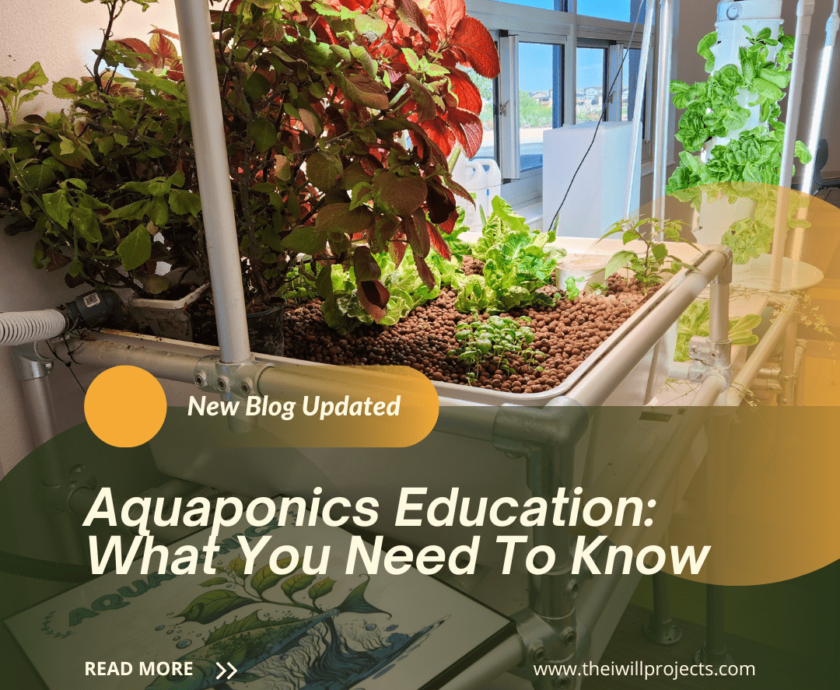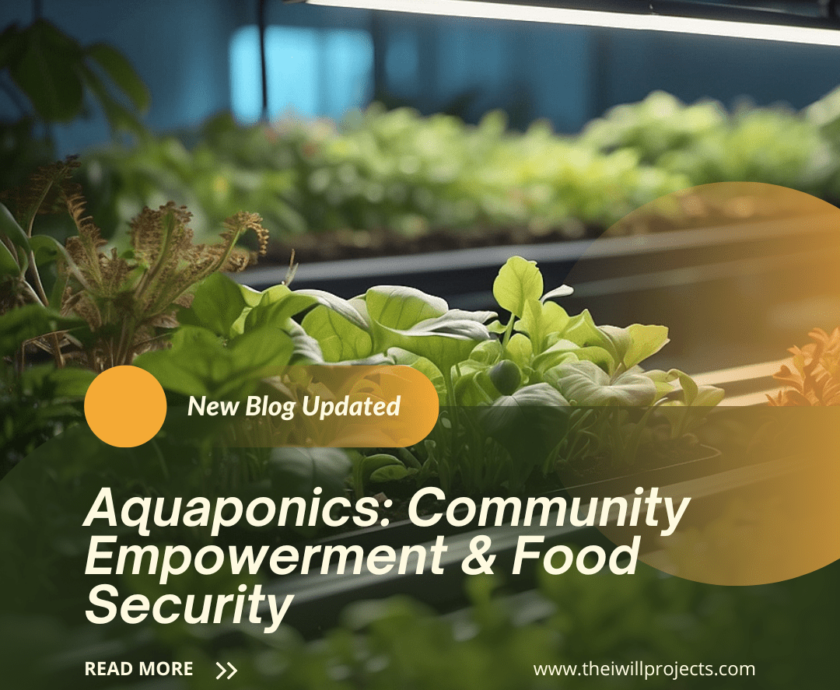“History is a race between education and catastrophe.” — H. G. Wells
Tweet
Aquaponics is a system of agriculture that combines raising aquatic animals (aquaculture) with hydroponics (growing plants in water). The word “aquaponic” is a combination of the Latin words “aqua,” which means water, and “ponicos,” meaning farming method. The fish waste provides nutrients for the plants, and the plants help to filter the water for the fish. Aquaponics is a sustainable system that can be used to produce food in a variety of settings, from small-scale home systems to large commercial operations. Aquaponics has since been used around the world to grow a variety of crops, including fruits, vegetables, herbs, and even fish.
The modern practice of US aquaponics was developed in the 1970s by Dr. James Rakocy, a professor at the University of the Virgin Islands. Rakocy and his colleagues pioneered the use of aquaculture in hydroponic systems. He is considered the ‘father of aquaponics”. Dr. Rakocy said in a 2010 interview, “There actually were a few others before me. There were articles on aquaponics in the Transactions of the American Fisheries Society in the late 1970s by William Lewis and his students at Southern Illinois University in Carbondale. The idea of using plants to treat water and remove nutrients had been around for a while. I first learned of the concept from Leonard Pampel, who used plants to treat wastewater in the aviary building at the Milwaukee County Zoo. Mr. Pampel obtained a patent on that system, and I helped him design integrated aquarium systems when I was a junior high school student and he later provided input to my doctoral research at Auburn University.”
If you are interested in learning more about the history of aquaponics and how this ancient practice can help us today, read on!
Aquaponics is not a new practice; in fact, it is thought to have originated in ancient cultures. The first known use of aquaponics was in China, over 2,000 years ago. The system was later adopted by the Aztecs in Mexico, and the ancient Egyptians are also thought to have used aquaponics to grow crops and ornamental plants. Today, APS are being used around the world, indoors and outdoors, as a sustainable way to produce food. With the rising global demand for food and the need to find more efficient and sustainable ways of farming, aquaponics is poised to play a big role in the future of agriculture.
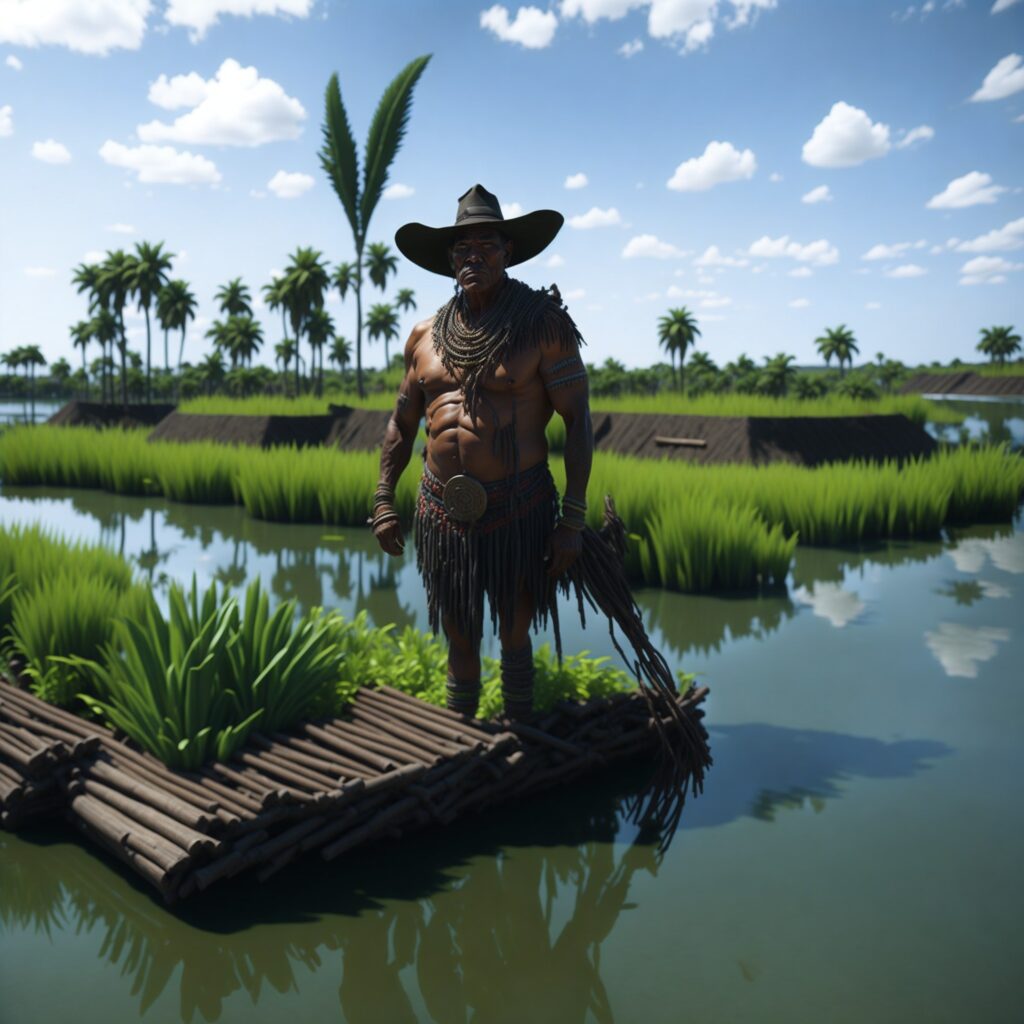
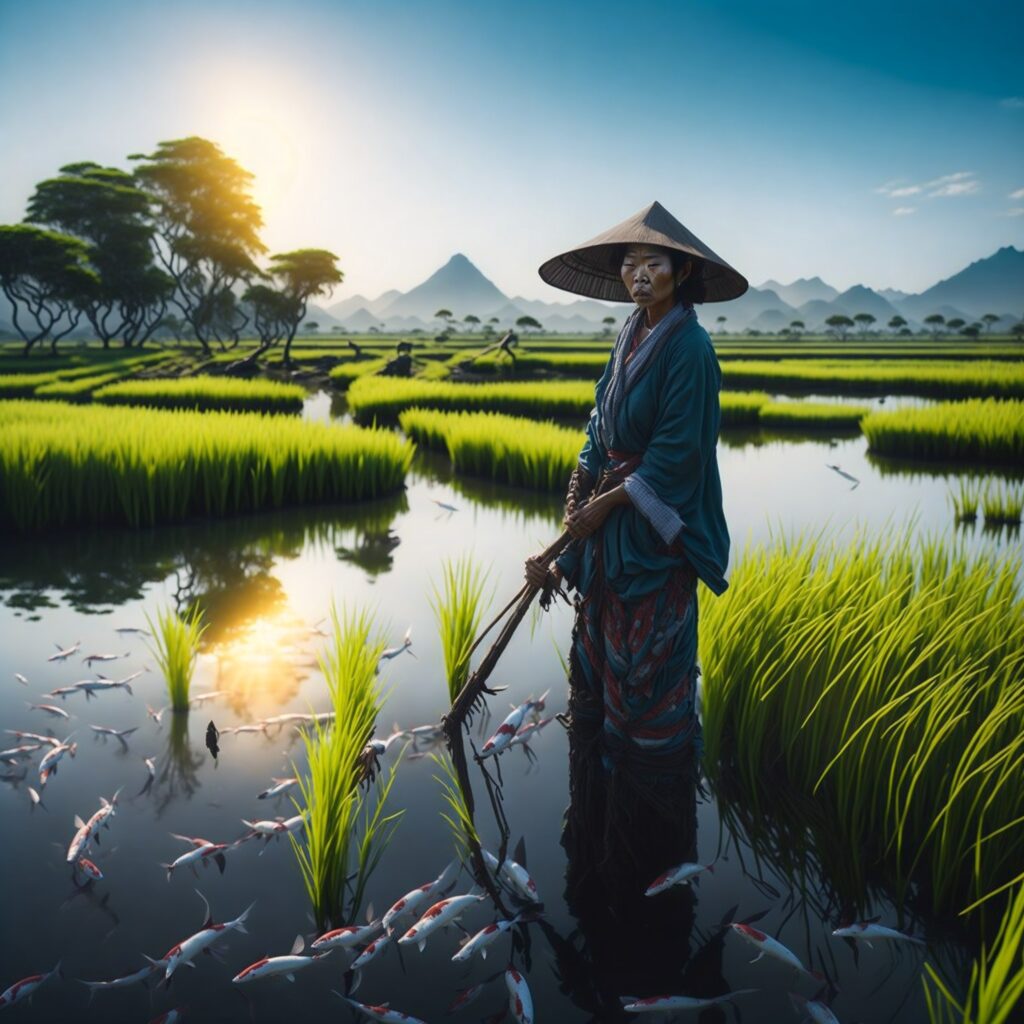
Long Ago
Aquaponics is thought to have originated in ancient Egypt, where the first known evidence of it comes from. In a wall scene from the tomb of Wahtye, an Egyptian nobleman from around 2500 BCE, fish are shown swimming in a plant-filled basin. This scene suggests that the ancient Egyptians were familiar with the concept of aquaponics and were using it to raise fish. Also, the Nile River was used for irrigation and waste management using the same system used for aquaponics today.
Modern Times
APS have been seen in modern times as well. During WWII, people looked at raising fish in greenhouses. Many countries are now developing innovative methods in food production including vertical production, hydroponic farming, and rooftop gardens in media-filled grow beds. These novel systems allow farmers to grow plants above or below ground with less ongoing maintenance or intervention, other than keeping plants and roots supplied with nutrients derived from fish waste. Academics and researchers advocate the use of eco-friendly technology for food production in developing countries.
Positive Change
There are many benefits to aquaponics. It is a more efficient way to grow food! It protects natural waterways by eliminating aquatic pollution from fish farming waste. APS use less water than traditional methods of agriculture, and they can be used in areas where water is scarce. Additionally, aquaponics systems can be used to grow a variety of crops, including fruits and vegetables and herbs all together. Plus, an indoor system even in a greenhouse can produce food year ’round. Some common plants that are grown in APS include: lettuces, tomatoes, peas, beans, kale, cucumbers, basil, and nutritious sprouts.
APS can also be used to teach people about sustainable agriculture. They can be used in schools, community gardens, and other public spaces to help educate people about where their food comes from and how it is grown. A system can provide a good protein source-fish. Common edible fish that are grown in aquaponics systems include: tilapia, catfish, salmon, and trout. In addition, decorative hobby fish do well in aquaponics such as guppies, goldfish, koi and tetra.
APS are a great way to teach people about the importance of water conservation. They can also be used to show people how to recycle water and use it efficiently.
Helping People and Planet Today
Aquaponics can help today by providing a more efficient way to grow food for humans and livestock. It uses less land and water than traditional soil farming, and it doesn’t require the use of chemical fertilizers or pesticides. Aquaponics also has a smaller carbon footprint than traditional farming methods requiring less fuel for tractors or other farm equipment.
Aquaponics is also flexible – it can be adapted to any climate and any space. It can be done on a small scale in a backyard or large scale in a commercial greenhouse.
Call to Action
In conclusion, aquaponics is a practice with a long history dating back to ancient times. Today, it is gaining popularity as a way to produce food more sustainably and efficiently. Aquaponics can help us meet the demand for food while reducing our impact on the environment. There are many resources available online, in libraries and through professional networks to help communities get started in aquaponics.
The I Will Projects has found great success using aquaponics to teach kids STEAM (science-tech-engineering-art-math) concepts, about where their food comes from and how to care for the environment. A large grant awarded by NASA provided 150 youth in southern Colorado with online lessons, their own aquaponic grow kit, live fish, and seeds for sprouting in 2021.
Aquaponic systems were also built by the Aztecs in their capitol of Tenochtitlan, now modern-day Mexico City. The Aztecs used a system of chinampas (chuh·naam·puhz), which are human-made islands or rafts in lakes, to grow crops in the water. The chinampas were fertile and productive, and they allowed the Aztecs to grow a variety of crops, including beans, squash, corn, fruits, and even decorative flowers to sell. Aquaponics systems were also used by the ancient Chinese. Early Chinese systems used river-fed rice fields that were also able to support animals like ducks and fish.
The I Will Projects, a 501(c)3 organization serving communities since 2014, believes in multiple solutions to address global challenges. Our IFIZ education programs focus on general aquaponics, growing microgreens and sprouts, and insect farming. These programs empower communities by expanding knowledge, developing collaboration, and advocating for sustainable innovation. Our aim is to contribute to a regenerative food system, ensuring access to healthy food and recognizing food as medicine.



